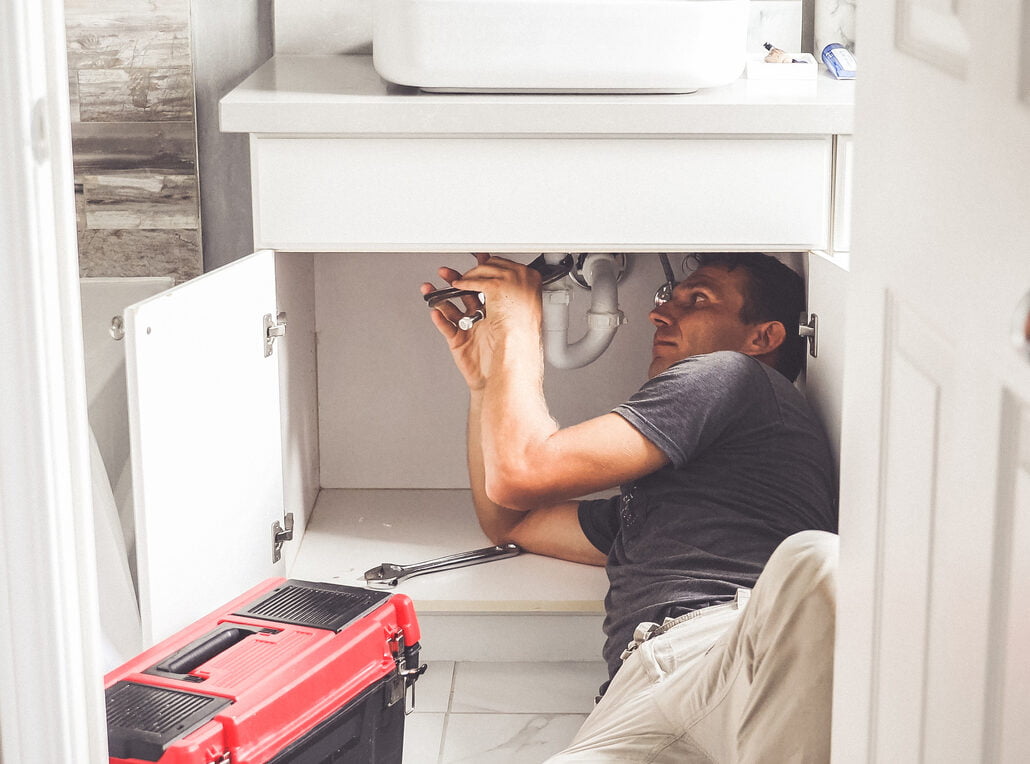Despite our best efforts to be mindful on the road and take the necessary precautions in inclement weather, accidents still happen. Your auto policy is designed to protect you and those in your family form the ramifications of an accident. Third-party liability insurance, or TPL for short, along with Accident Benefits, is an important form of protection in your automobile policy. Even if you do everything you can to prevent damage or injury, they can often result in legal proceedings and lawsuits. In this article, we will take a look at what Third-Party Liability is and what it covers. Additionally, we look at how much you should have in order to protect yourself from the financial burden of litigation.
What is Third-Party Liability car insurance?
Third-party liability coverage is the portion of an insurance policy that protects you if you’re sued (or threatened to be sued). This can be for a physical injury or damage to someone else’s property that you cause. Also known as “legal liability coverage,” this section of your car insurance policy is set up to cover legal fees, the amount of money you have to pay to settle a lawsuit, and other expenses.
According to the IBC, in 2019, third-party liability claim payouts accounted for 46.6% of all direct claims incurred. When someone makes a claim against you or your insurer, TPL takes effect. This type of car insurance ensures you don’t have to pay out-of-pocket for the damages as a result of you being found at-fault in the motor vehicle accident.
What does TPL insurance cover?
Third-party liability car insurance covers:
- Medical costs for injuries (including pedestrians, cyclists and fatalities)
- Repair costs to any vehicles you damage
- Repairs or replacement for damage to other people’s property
- Legal fees and lawsuits as a result of the accident
- Damages awarded to the injured parties from a lawsuit
What is not covered by Third-Party Liability insurance?
Third-party liability insurance (TPL) doesn’t cover the cost of any injuries or damage you have personally suffered due to an accident where you’re at-fault. For that, you will need accident benefits and collision coverage.
When would TPL insurance be applicable?
Here are some scenarios where your third-party liability coverage will kick in to help cover costs of damages caused by you. TPL will cover these claims up to the policy limit if:
- You back into your neighbour’s car
- Your vehicle slides off the road during slippery conditions and damages a business’s property (sign, building)
- You’re being sued by the family of a pedestrian or cyclist for damages that you have caused with your car
- You cause an accident with another vehicle, resulting in death, and the deceased motorist’s family sues you
- Running a red light and hitting another vehicle, injuring the other driver and their passengers
How much auto liability insurance should you have?
In Canada, auto insurance rules can differ from one province to another. Every province and territory requires a minimum of $200,000 in TPL coverage. That is, except for Quebec, where the minimum is $50,000, and for Nova Scotia, where it is $500,000. However, a single accident can easily exceed the minimum coverage. As a result, many drivers choose to pay for $1 million to $5 million in coverage. Once a claim surpasses your limits, you are required to pay the remaining costs out-of-pocket. A court judgement or settlement can apply against your assets. Increasing your limits reduces the chances of this happening.
How does a Third-party Liability car insurance claim work?
If you are at-fault for an accident and cause injury or property damage to a third-party, your insurer will review the costs to compensate them and offer a settlement. Should they agree, the claim will be paid and closed. If not, the injured party may seek legal advice or file a lawsuit. You will have coverage for these costs up to your policy limit.
What is the cost of third-party insurance?
Third-party liability coverage works together with other elements of your policy to provide full protection across various claims. These other components include:
- Accident Benefits: A mandatory coverage that provides you and anyone else on your policy with medical coverage if you are in an accident that results in injury. This is beyond what public healthcare already provides.
- Uninsured auto insurance: Another mandatory coverage that protects you if you’re in an accident with a driver who is uninsured or who leaves the scene (hit-and-run).
The cost of TPL will depend on your limits and how much additional protection you add, such as:
- Collision coverage
- Comprehensive coverage
- DCPD coverage
- Accident Forgiveness (OPCF 39)
- Removing Depreciation Deduction (OPCF 43)
- Family Protection Coverage (OPCF 44R)
Other factors, such as the vehicle your drive, location, and driving history, will also be factored into your premium costs. How much you will pay is a complicated question to answer. The monthly average cost for auto insurance in Canada can range from $600 to $1,600 per month.
When should I look at increasing my TPL coverage?
A standard auto policy will offer basic coverage for you at a lower cost. However, how you use your vehicle needs to be taken into account when deciding on increasing your coverage. Factors such as:
- Carpooling with others
- Driving your vehicle for work
- Taking long road trips or travel in the United States frequently
- Live and drive in high traffic areas
How to buy TPL insurance
As we have shown, there are many factors that determine your policy premiums. Your best bet is to contact your insurer or one of our isure representatives to find the best rate on the policy that meets your needs. Having to have peace of mind that you and your family have coverage in case of an accident is important. But it is equally important to protect your family from litigation in relation to an auto accident. Let isure help you make the right choice to protect your loved ones.




